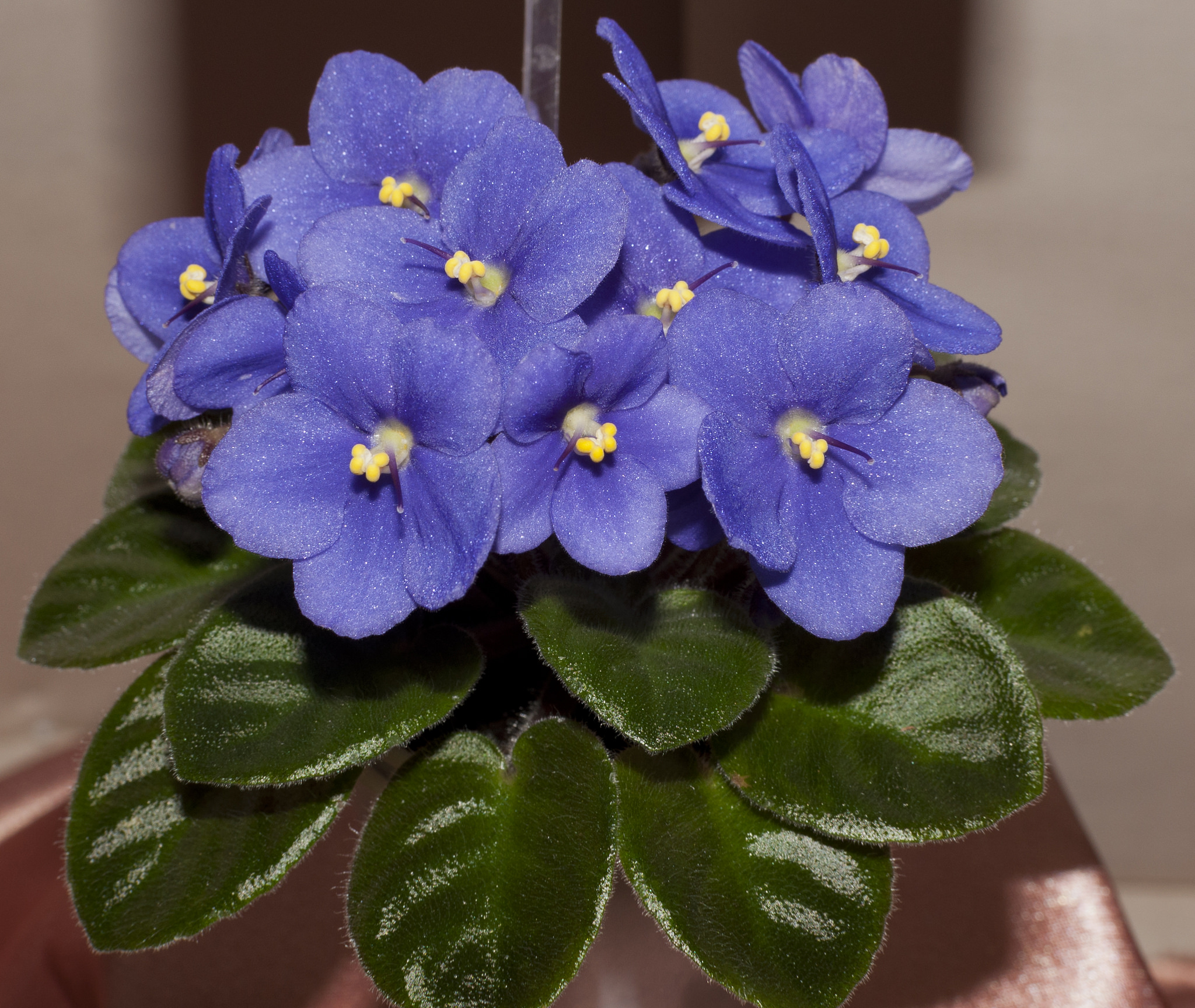Winter-blooming indoor plants are a welcome way to take the edge off the chill and gloom of winter and many are ready to give as holiday gifts.The choices go beyond traditional poinsettias and amaryllis. Colorful African violets, gloxinia, cyclamen, orchids, ornamental peppers and Christmas cactus are blooming and readily available. Dress them up with bows and cellophane or combine a few in a basket with store-bought or garden-harvested moss and some decorations and present them as party gifts or to a plant lover on your list.
Before you buy, though, consider some key care tips, including how to get them home, said Brooke Edmunds, a horticulturist with Oregon State University Extension Service. She advises taking a cardboard box along with you to the store and then covering the plant after getting it into the car.
“You want to keep them protected from drafts and mimic the conditions of being in a warm situation,” she said. “Use something that won’t crush the plant but protects it against cold shock. Avoid putting them in the trunk where it gets colder.”
Once you get them home, check to see if they are badly rootbound and need to be repotted up one container size. If so, be sure to use a well-draining potting soil with perlite or peat moss in the mix. If the plant comes wrapped in foil or cellophane, be sure to cut holes in the bottom so water drains through. Most plants will rot if left sitting in water, Edmunds said.
Potted plants are well fertilized before being shipped to stores, so let the recipient know they don’t have to worry about feeding them for several weeks. When it’s time, use a houseplant fertilizer high in phosphorous (the middle number on the label), the element that helps them bloom.
“When it comes to watering, more people overwater than underwater,” Edmunds said. “Check to see if the plant needs water by sticking your finger two inches into the soil. If it’s dry, go ahead and water.”
The foliage of some plants, such as African violets, can be damaged if water gets on the leaves. They also get root rot easily. Avoid that by watering from below. Or carefully water from above, let it drain and then empty the saucer it sits in. Also, steer clear of misting, which can promote foliar disease.
Keep plants away from drafts, in bright light and in temperatures of 70 degrees or above during the day and 55 or above at night.
“It’s a nice idea to write down instructions on a pretty card to include with the plant,” Edmunds suggested.
Don’t be concerned if gloxinia or cyclamen die down after blooming. That’s normal. You can either discard the plant and buy a new one next year or let it go dormant for a few months until foliage reappears. Then grow it like you would any houseplant.
Look for plants – particularly orchids and Christmas cactus – that have some tight buds as well as open flowers in order to extend bloom. Orchids can be difficult to rebloom unless you have a greenhouse or can mimic the warm, moist conditions.
Colorful ornamental peppers may look delicious, but are often extremely hot, so keep them off your taste buds and up where kids and pets can’t access them.






